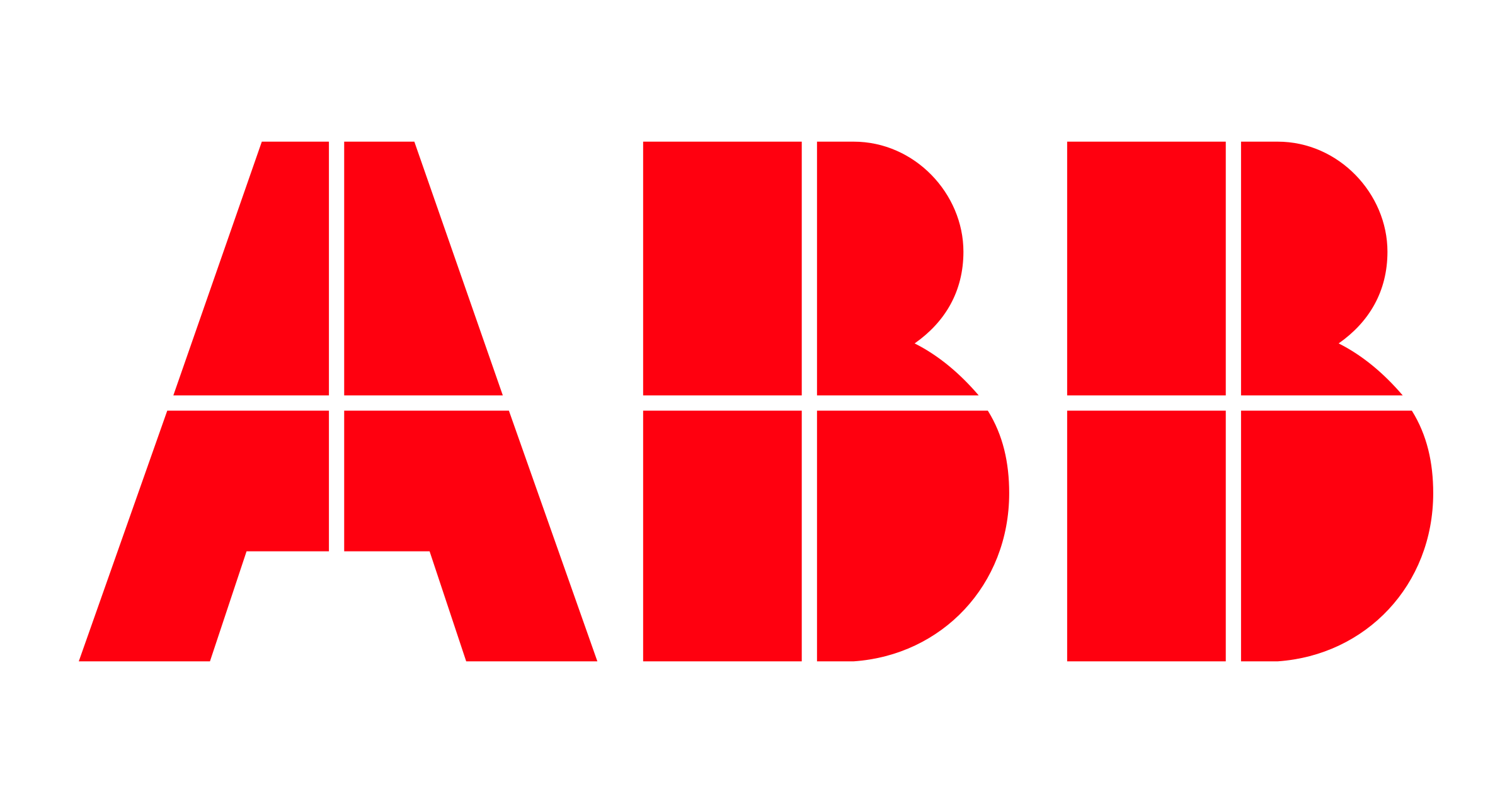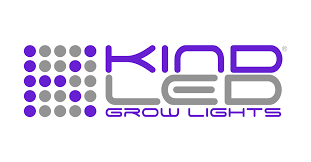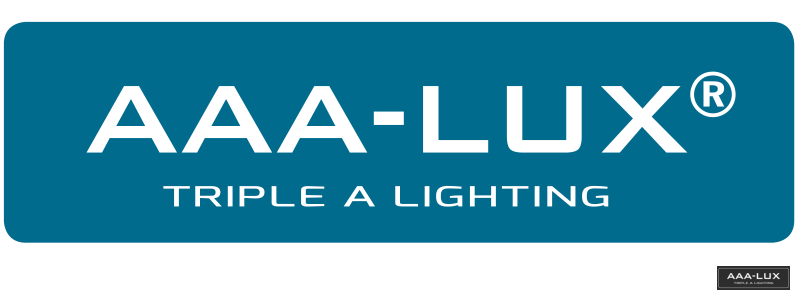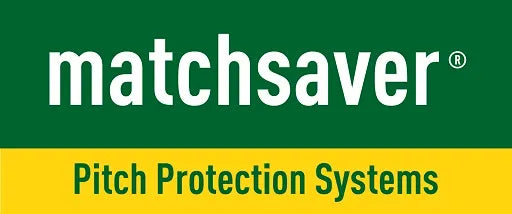
How do I compare LED grow lights?
How do I compare LED grow lights?
There is quite a bit on the market when it comes to growing with LED. There are many grow lights that all claim to achieve the best results and promise golden mountains. This article will help you make a choice between all those LED grow lights.
5 gold rules for comparing LED grow lights
Many most growers assess lamps on things that not at all to be important. The 5 lines below are useful to remember:
- Do not use lumen to compare lamps, Lumen do not do anything for plants
- The consumption of consumption is not an indicator of quality
- There are no lamps that promise absurd results by means of a magical LED spectrum
- It doesn't matter if LEDs of 3 Watt, 5 Watt or 1 Watt are used, this can all be just as good or bad
- Do not look at a single PPFD measurement directly under the lamp, but rate the average
So if someone is talking about an LED grow lamp with the most lumen, gigantic consumption bills or a magical spectrum, you'd better stay away. We now tell a little more about every line.
1. Do not use lumen to compare lamps
Lumen indicates the light intensity. The average E27 Chamber lamp releases around 400 to 800 lumens. That is great light for the dining table for example. LED grow lights get lumens up to 80,000 or 100,000, but this says nothing about how good the lamp is for your plants. Lumen is only light intensity and is intended for people, not for plants. Plants only use the right light to come to photosynthesis. That is why par is important, note the average PAR value is our advice.
2. The consumption of consumption is not a indicator of quality
Of course the wattage says something about how much power the lamp has. You will of course achieve more results with a 320 Watt LED grow lamp than with a 50 Watt LED grow lamp. Logical too, but the wattage says nothing about the quality of the LEDs or the grow lamp itself. So pay attention to the materials used (aluminum is preferred), the drivers and the LEDs brand. (We recommend Cree, Osram and sometimes Bridgelux or SMD). The brand of the LED grow lamp often says something.
3. There are no lamps with absurd results by means of a magical LED spectrum
Have you found a full spectrum growing light that you would like to order? Very nice, but first see what you want to use for. If you only want to grow or just stimulate the growth phase, we recommend a 4-band spectrum or only white and blue light (possibly 7-band). If you also want your plant to bloom, you must have a full spectrum. Always ask which nanometers (colors) the spectrum is structured. These must in any case be included: 410nm, 430nm, 460-470NM, 525NM, 585-590NM, 610NM, 620-630NM, 640-660NM, 730NM, 2700-3000K, 6000-6500K, 12000-14000K (red, far Red, blue, UV, IR, green and white).
4. It doesn't matter if LEDs of 3 Watt, 5 Watt or 1 Watt are used, this can all be just as good or bad
3 Watt LEDs are used in most LED grow lights, is this also the best? Not necessarily! A 1 Watt Cree can sometimes be more powerful than a 5 Watt Chinese LED chip. We also know a few lamps (such as the Growsun) that use COB (Chip on Board) technology with 20 Watt LED chips. This breeding lamp has certainly earned its spurs.
Ultimately, it is about the total performance of the lamp, not about the wattage of the LEDs. After all, a mix of 1, 3 and 5 Watt LED chips in one lamp is used in Kind and Mars-Hydro.
5. Do not look at a single PPFD measurement directly under the lamp, but rate the average
Are you already looking at PPFD and par? Well done, these are more important things. PPFD is measured in micromol per square centimeter per second (μmol/m2/s). PPFD therefore indicates how much light arrives at a certain location on the plant. Yes yes, stay awake for a while!
It is a difficult quantity to measure, that is because an LED growing lamp, for example, contains more μmol right under the lamp than on the sides. The average is calculated by measuring all quantities of par on a certain surface. An average can then be drawn up from this.
Conclusion
When assessing a good LED grow lamp, it is a combination of a lot of factors. Of this, par (and ppfd) are the most important in terms of light. Also look at the use of the materials and read about the different brands LED grow lights.
Bonus with heavy matter :)
If you really want to dive deep into the matter, we would like to request the exact science To read with LED behind. Then you become a lot clear about Par, PPF and PPFD, all important terms when it comes to the right LED grow lamp.
- If you choose a selection, the page will be completely renewed.
!























